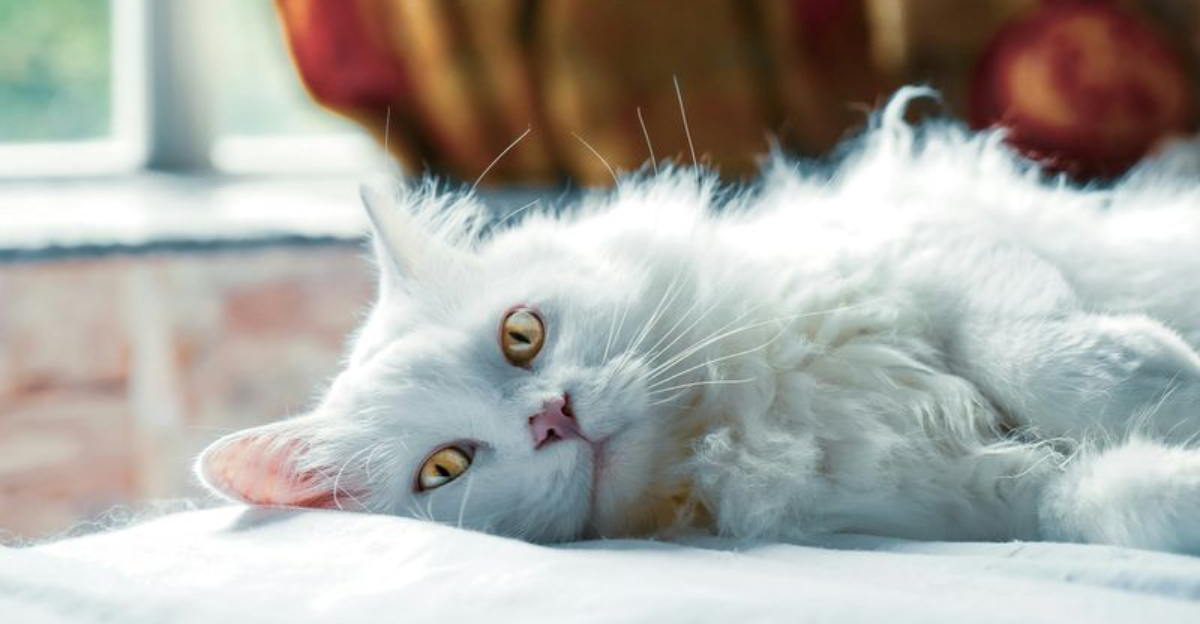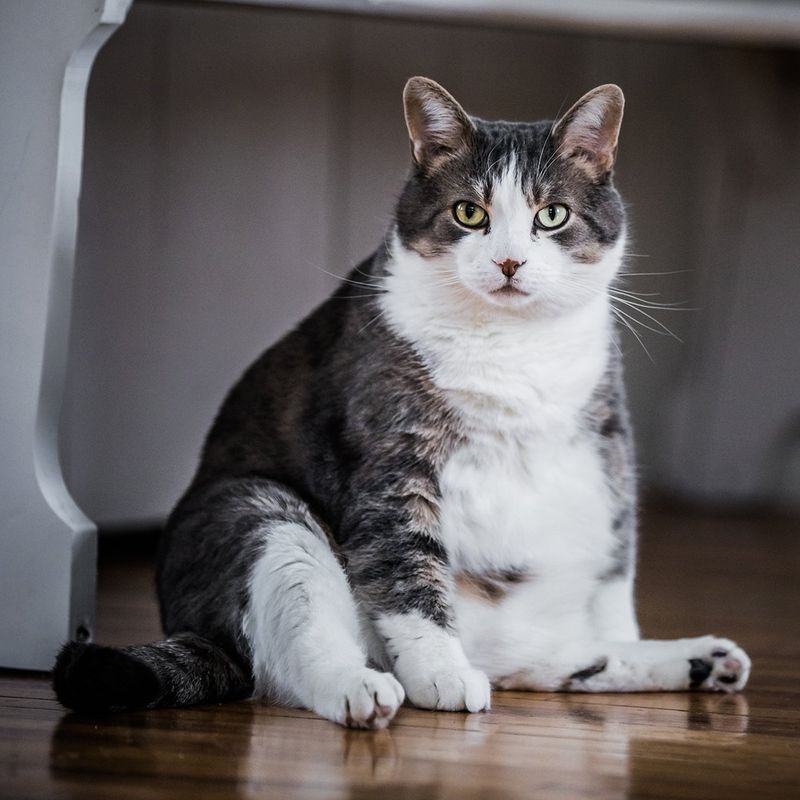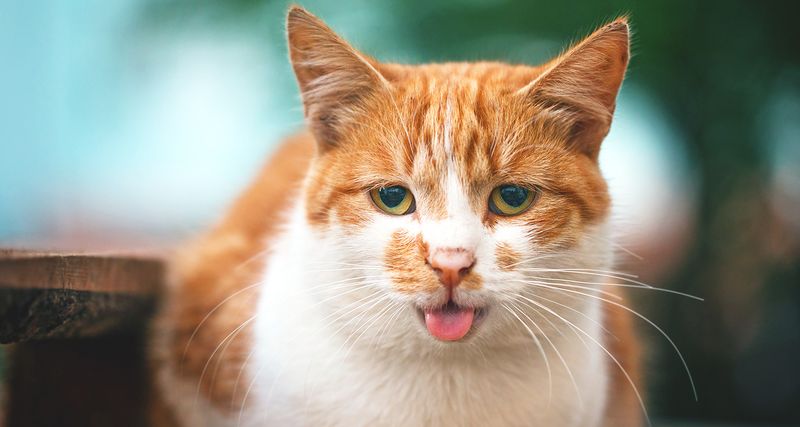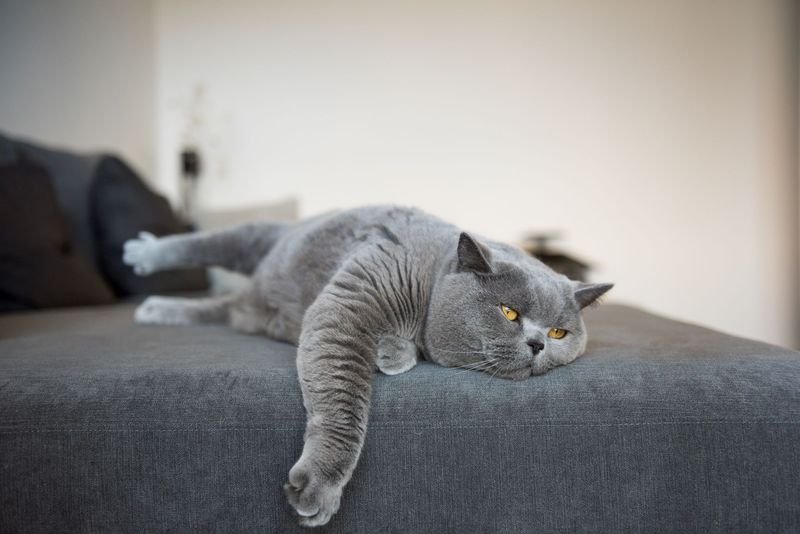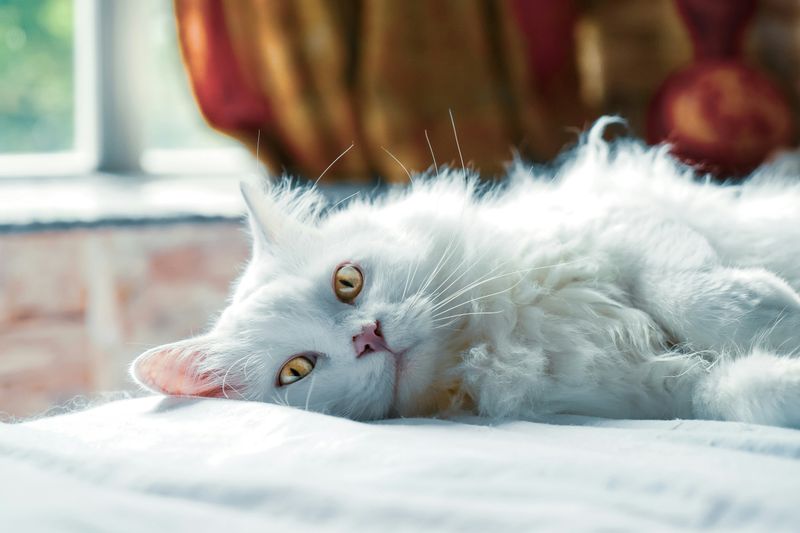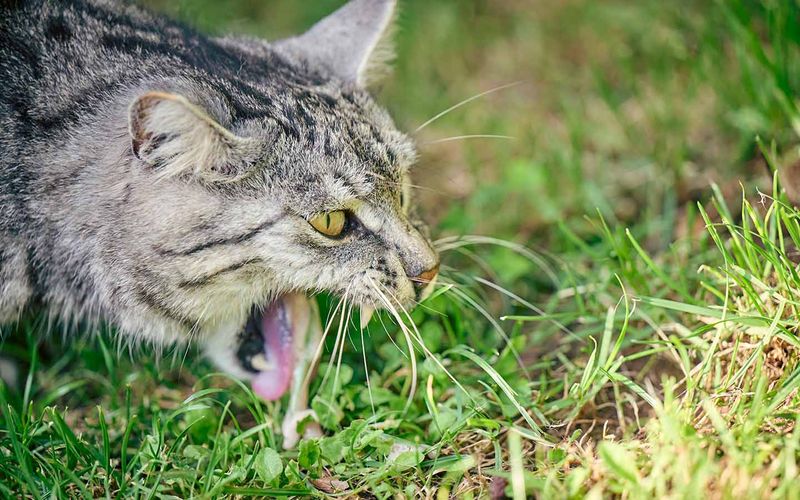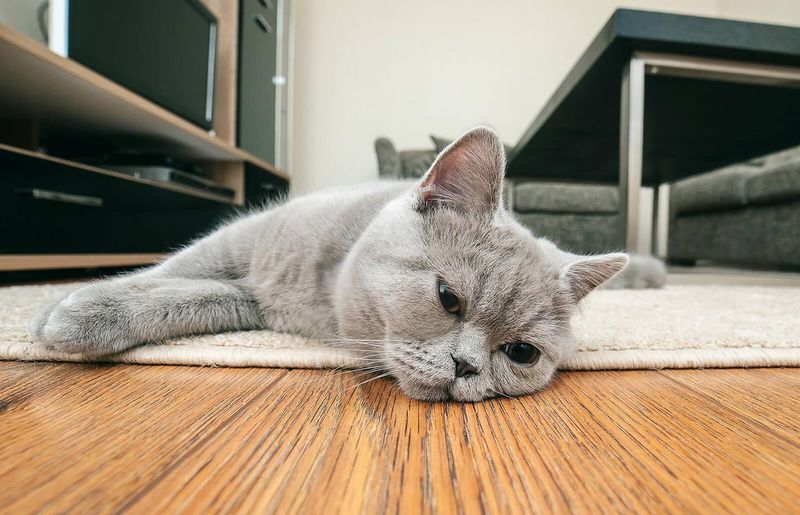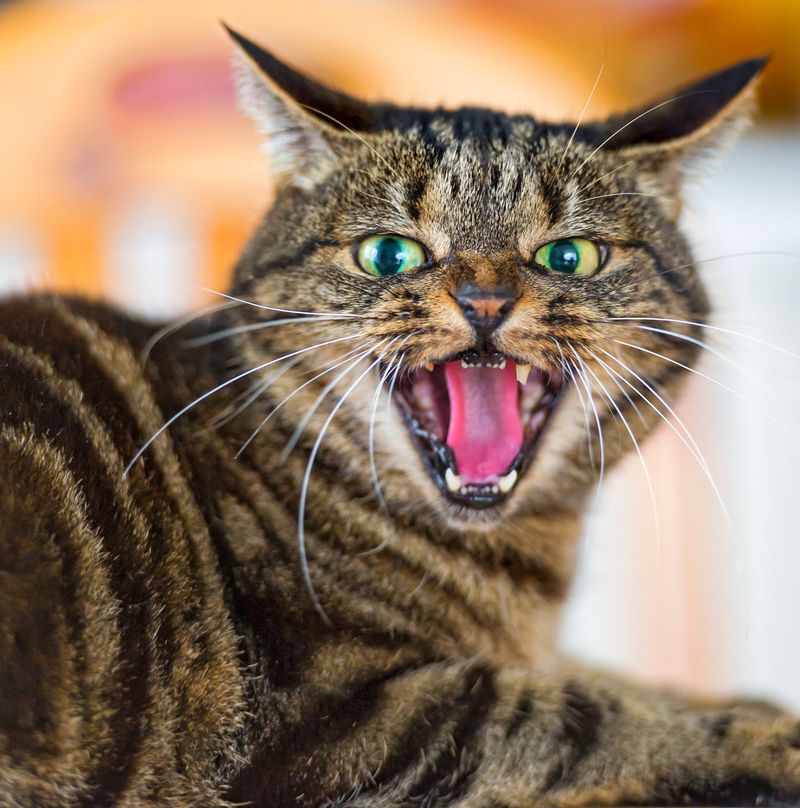📖 Table of Content:
Is your cat starting to look a little rounder than normal? While some breeds naturally have a fluffier appearance, it’s essential to differentiate between excess weight and just a thick coat. Maintaining a healthy weight is vital for your cat’s overall health, as obesity can lead to numerous health issues like diabetes, joint problems, and heart disease.
Cats tend to gain weight gradually, and the early signs may be easy to overlook. However, if your cat is carrying extra pounds, it could lead to serious health consequences over time. Identifying the warning signs early allows you to make necessary changes to their diet and lifestyle before the problem becomes more difficult to manage.
By paying attention to your cat’s eating habits, energy levels, and body condition, you can ensure they are staying at a healthy weight. A well-balanced diet, along with regular exercise, is key to helping your cat maintain a healthy lifestyle. Recognizing these signs and acting on them can improve your cat’s quality of life and reduce the risk of long-term health problems.
1. Visible Fat Deposits
Fat deposits can appear around your cat’s lower abdomen or under its arms. These deposits might jiggle when your cat moves. It’s often more apparent in short-haired breeds but can affect all cats.
Feel for thickening around the base of the tail or the spine, as these are common areas where fat accumulates. Addressing this early with a diet change can prevent more serious health issues.
Fat deposits can also indicate more than just overfeeding and might require a visit to the vet for further evaluation.
2. Difficulty Breathing
Cats experiencing weight issues may have trouble breathing, especially during physical activities. This could be a sign that extra weight is putting pressure on their lungs.
Panting, wheezing, or shortness of breath should not be ignored. If your cat struggles with breathing even at rest, it’s a clear red flag. An overweight cat may also avoid exercise to prevent respiratory discomfort.
Introduce gentle play to encourage movement, but make sure to monitor your cat’s breathing closely during activities.
3. Lethargy and Fatigue
If your cat is less playful or seems tired more often, this could indicate they are overweight. Excess weight can make movement more difficult, leading to fatigue.
Cats with extra weight may sleep more than usual, become less interested in toys, or avoid activities they once enjoyed.
Encouraging gentle exercise and play can help, but it’s important to make dietary adjustments too. Consulting your vet for a tailored diet plan could be beneficial to get your cat back to a healthy weight and energy level.
4. Loss of a Defined Waistline
A healthy cat should have a noticeable waist when viewed from above. If your feline friend’s waist has disappeared, it might be time to reevaluate its diet.
A rounded belly that extends outward can be a clear indicator of weight gain. You should be able to feel your cat’s ribs with gentle pressure.
If you notice a loss of definition in your cat’s waist, introducing a balanced diet could help. Working with your vet to create a proper feeding schedule can ensure your cat gets the nutrition it needs without excess calories.
5. Inability to Groom Properly
Overweight cats often struggle to groom themselves properly, especially in hard-to-reach areas like the back or hind legs. If your cat’s fur appears unkempt or matted, it might signal a weight issue.
Regular grooming is essential for a cat’s hygiene and overall health. Difficulty in grooming can lead to skin problems or infections.
Helping your cat with regular brushing and consulting a vet for a weight management plan can improve its quality of life. A healthier diet could reduce weight, allowing your cat to groom easily again.
6. Frequent Vomiting
Overeating or eating too quickly can lead to frequent vomiting. Adjusting your cat’s diet may help prevent this behavior and improve their overall digestion and comfort.
Overeating can lead to weight gain and digestive issues. If your cat vomits hairballs often, it might also be a sign of poor grooming linked to being overweight.
Feeding smaller, more frequent meals can help manage vomiting and associated weight issues. Ensure that your cat’s diet is balanced and consider consulting your vet for tailored dietary advice to alleviate these symptoms.
7. Reluctance to Move
Excess weight may make your cat hesitant to move or play, as it causes discomfort. A sedentary lifestyle can worsen the problem and lead to further weight gain.
Cats that avoid physical activity might also experience joint pain or stiffness, particularly in older cats. Encouraging movement with gentle play and interactive toys can help.
To see improvement, it’s essential to combine exercise with a healthier diet. Consult your vet for recommendations on low-calorie foods that can aid in weight management and boost your cat’s energy levels.
8. Increased Appetite
An increased appetite might be a sign of weight issues. Cats sometimes eat more due to boredom or stress, leading to weight gain.
Excessive eating can also be a symptom of underlying health problems, so it’s important to monitor your cat’s eating habits closely. Keep track of its food intake and look for patterns.
Switching to portion-controlled feeding and providing mental stimulation can help manage appetite. A vet’s evaluation can rule out medical issues and provide guidance on a nutritionally balanced diet for your cat.
9. Sudden Changes in Behavior
Increased aggression or hiding could signal discomfort from weight-related issues. Overweight cats often become grumpy or withdrawn as a result of their excess weight.
Such changes can also be triggered by pain associated with weight-linked health issues. Monitoring behavioral shifts is crucial.
Seeking advice from a vet can help address behavioral issues and assess whether a healthier diet may alleviate them. A balanced diet, along with regular exercise, can improve your cat’s mood and overall quality of life, bringing it back to its playful self.
